|
[1]
|
严旬.野生大熊猫现状、面临的挑战及展望[J].兽类学报,2005,25(4):402~406. |
|
[2]
|
唐小平,贾建生,王志臣,等.全国第四次大熊猫调查方案设计及主要结果分析[J].林业资源管理,2015,(1):11~16. |
|
[3]
|
张泽钧,张陕宁,魏辅文,等.移地与圈养大熊猫野外放归的探讨[J].兽类学报,2006,26(3):292~299. |
|
[4]
|
Kleiman D G.Reintroduction of Captive Mammals for Conservation.Bioscience,2007,39(3):152~161. |
|
[5]
|
周世强,黄金燕,李伟,等.野化培训大熊猫的食性及其对拐棍竹的选择利用[J].四川动物,2006,25(1):76~80. |
|
[6]
|
孙儒泳.动物生态学原理(第三版)[M].北京:北京师范大学出版,2001:271~272. |
|
[7]
|
Block WM,Brennan L A.The habitat concept in ornithology:Theory and applications.Current Ornithology,1993,11:35~91. |
|
[8]
|
李德生,黄炎,周世强,等.卧龙圈养大熊猫母兽带仔野化培训[J].生物学通报,2011,46(7):13~15. |
|
[9]
|
张和民.圈养大熊猫野化培训与放归研究[M].科学出版社,2013. |
|
[10]
|
卧龙自然保护区.卧龙自然保护区动植物资源及保护[M].四川科学技术出版社,1992. |
|
[11]
|
Wei F,Feng Z,Wang Z,et al.Habitat Use and Separation between the Giant Panda and the Red Panda.Journal of Mammalogy,2000,81(2):448~455. |
|
[12]
|
|
|
[13]
|
|
|
[14]
|
魏辅文,周昂.马边大风顶自然保护区大熊猫对生境的选择[J].兽类学报,1996,16(4):241~245. |
|
[15]
|
陈化鹏,高中信.野生动物生态学[M].东北林业大学出版社,2000. |
|
[16]
|
巩文,任继文,赵长青.甘肃大熊猫生境分析[J].中南林学院学报,2004,24(4):74~78. |
|
[17]
|
|
|
[18]
|
|
|
[19]
|
Schaller G B,Hu J C,Pan W S,et al.The Giant Panda of Wolong.Chicago:Chicago University Press,1985. |
|
[20]
|
Donald G Reid,Alan H Taylor,Hu J C,et al.Environmental influences on Bamboo Bashania fangiana growth and implications for Giant Panda conservation.Journal of Applied Ecology,1991,28(3):855~868. |
|
[21]
|
杨春花,张和民,周小平,等.大熊猫生境选择研究进展[J].生态学报,2006,26(10):3442~3453. |






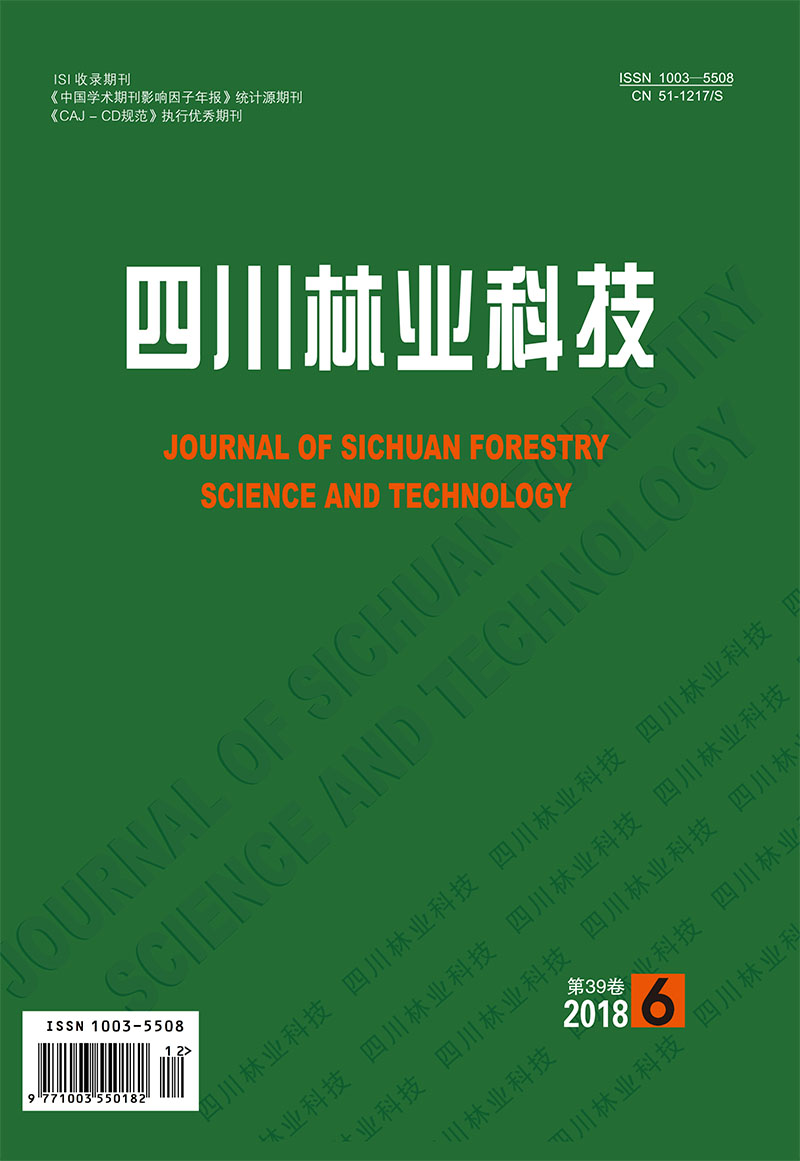




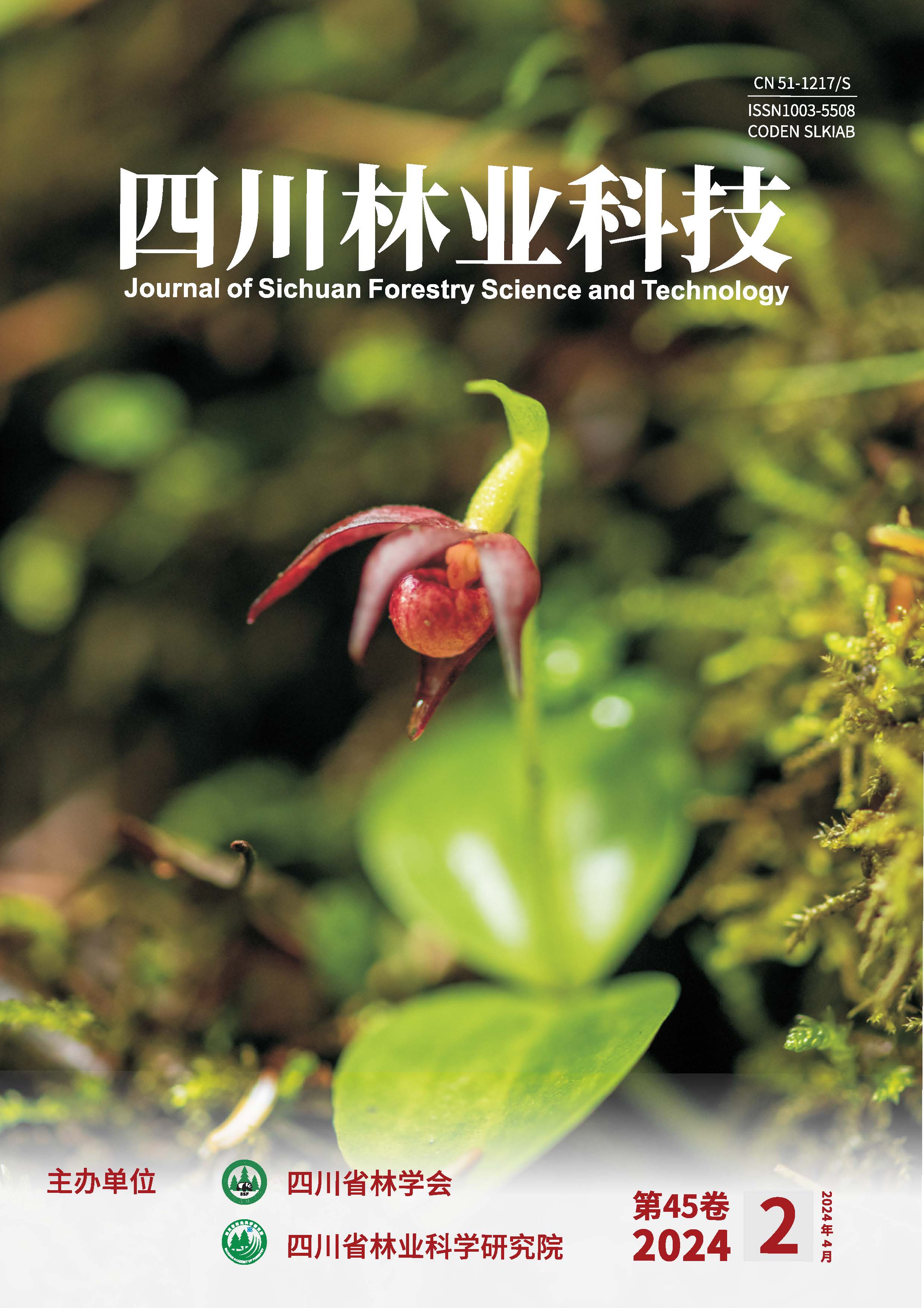
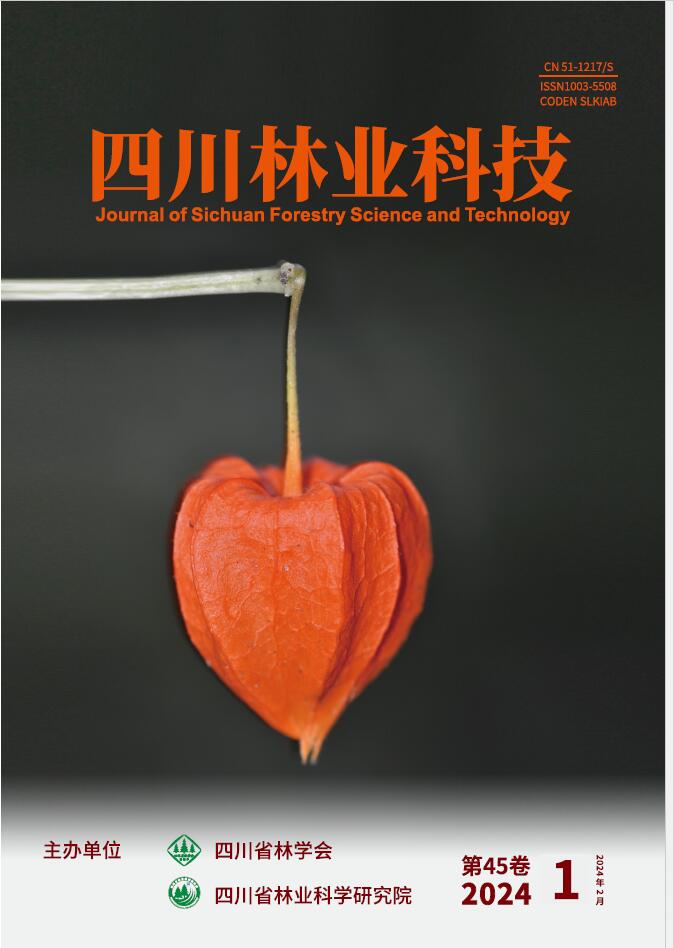
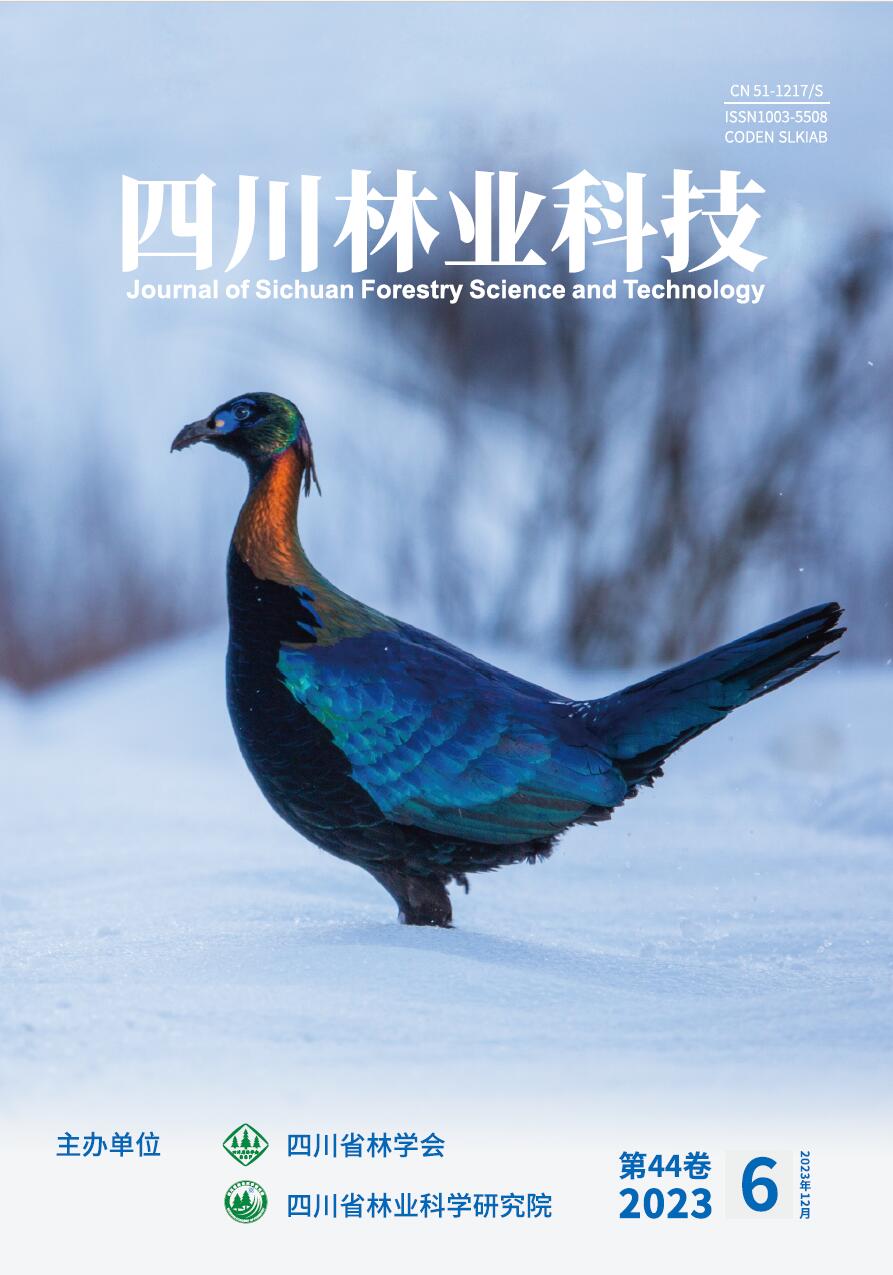
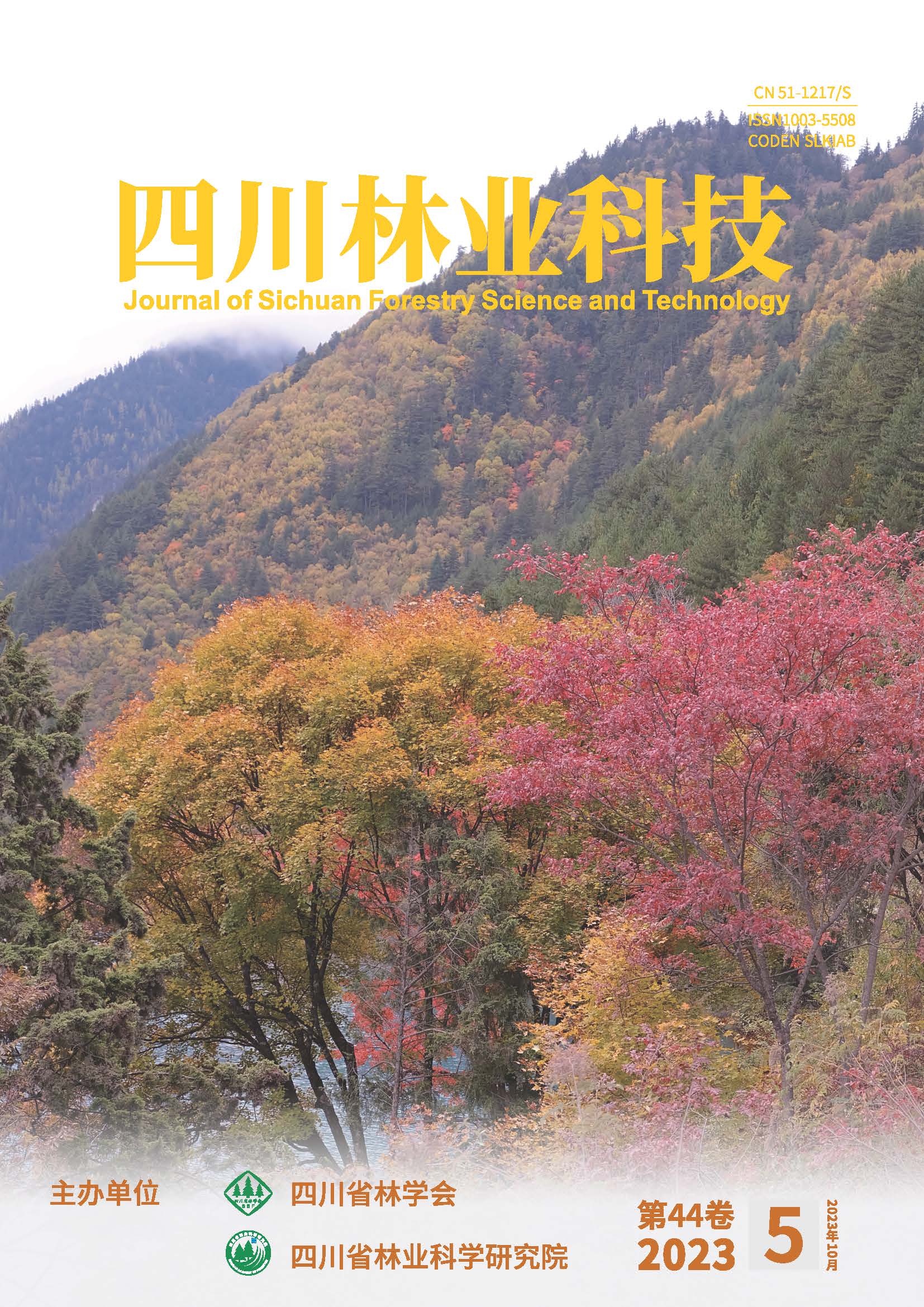
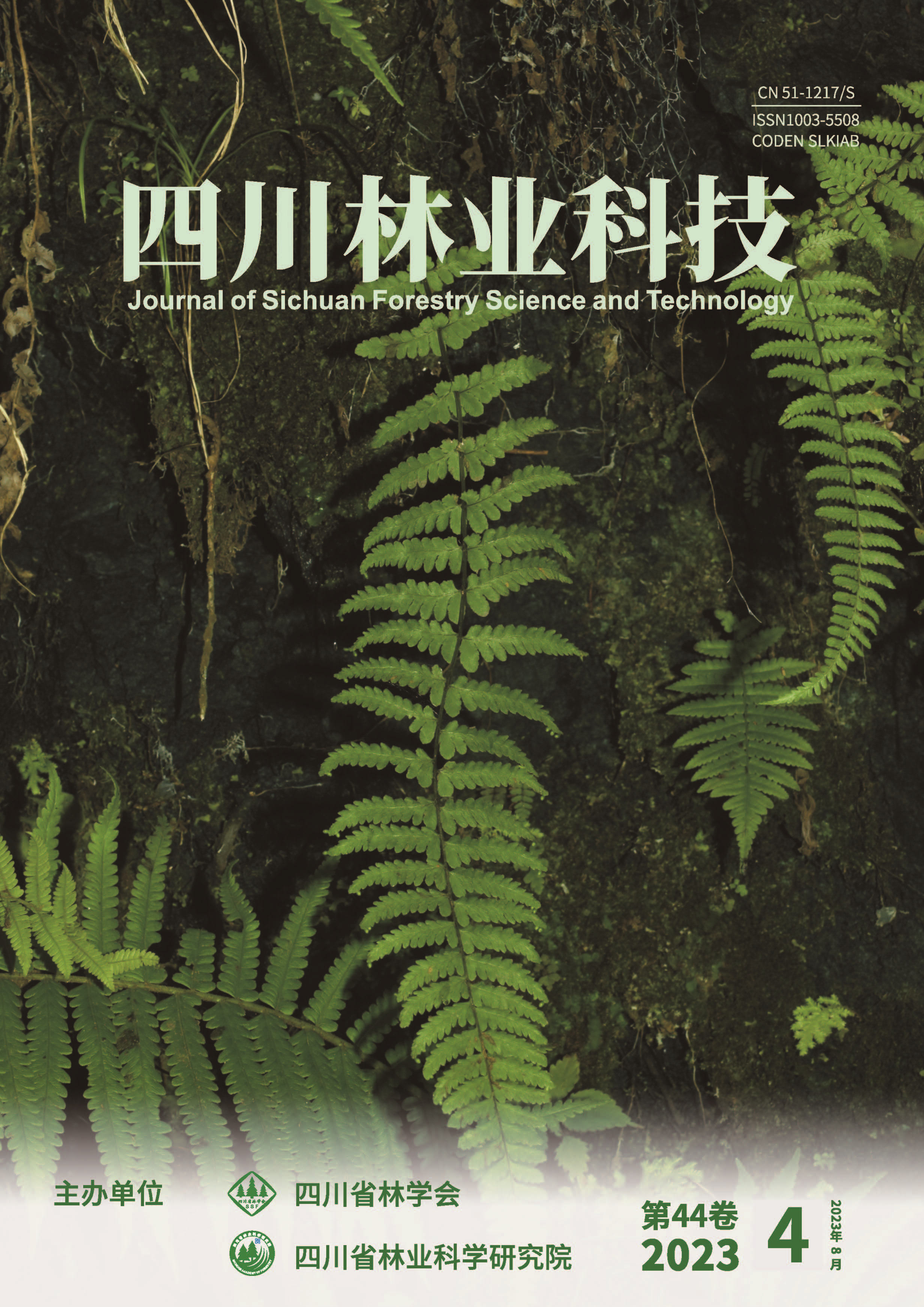
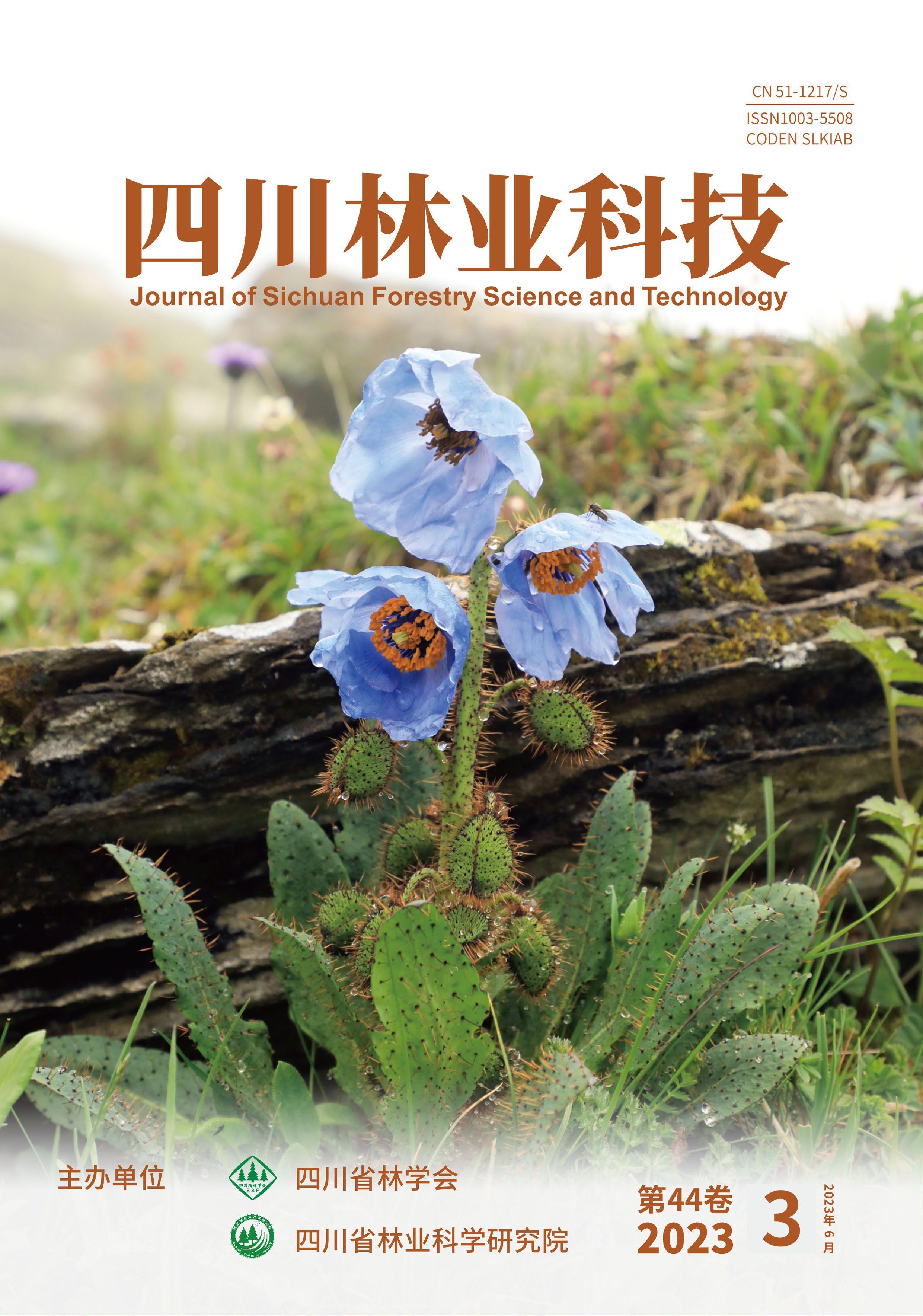
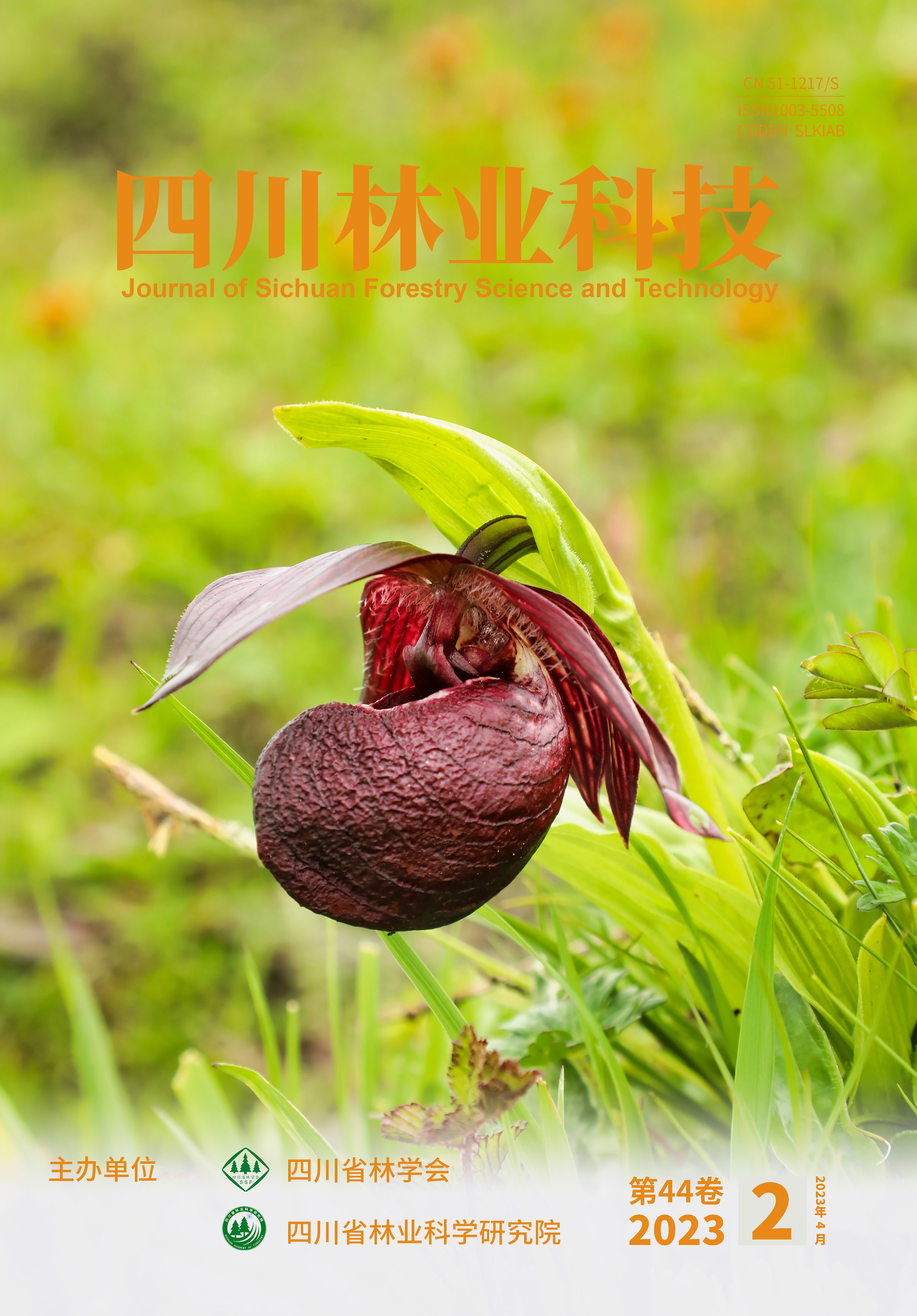
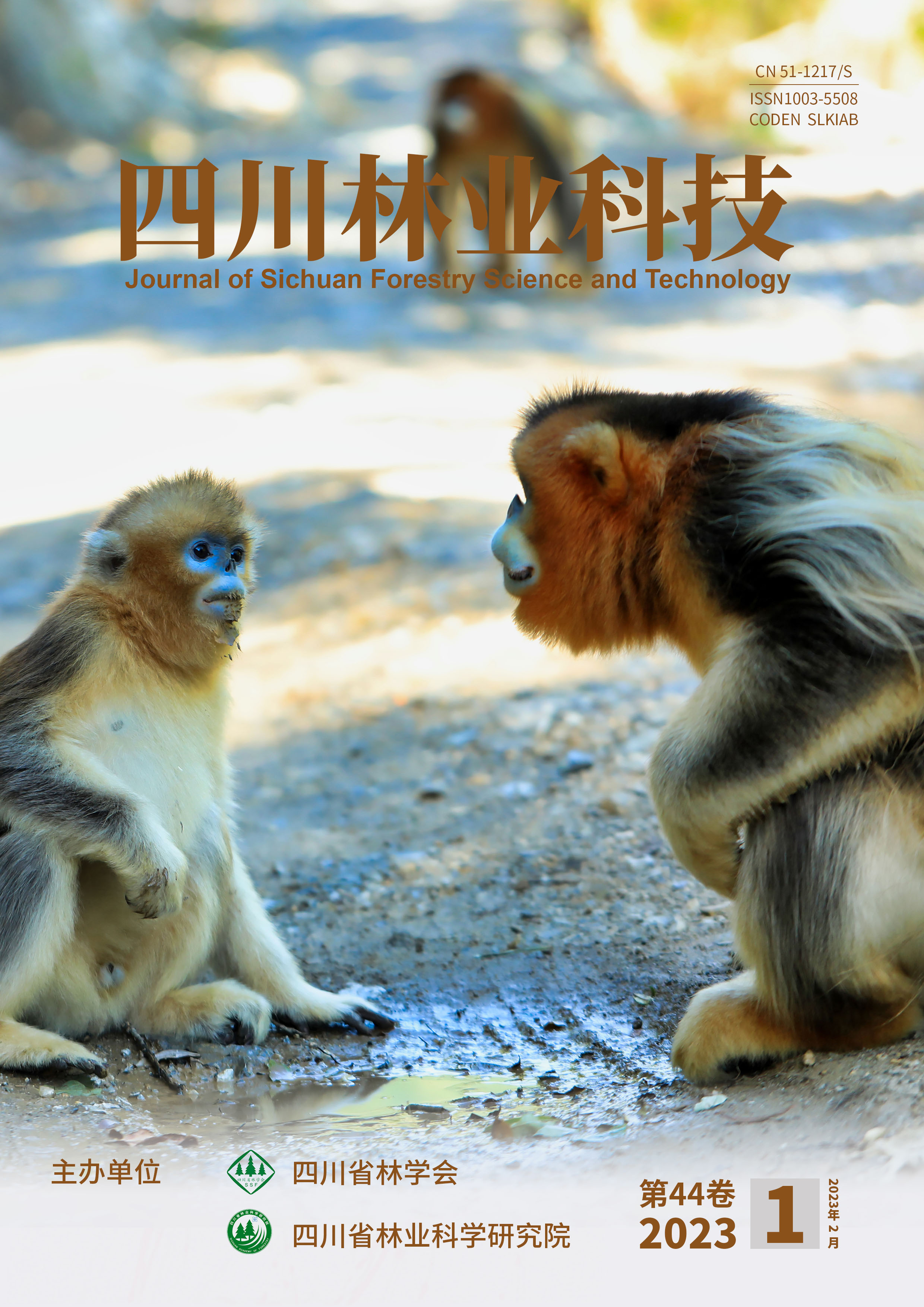


 DownLoad:
DownLoad: